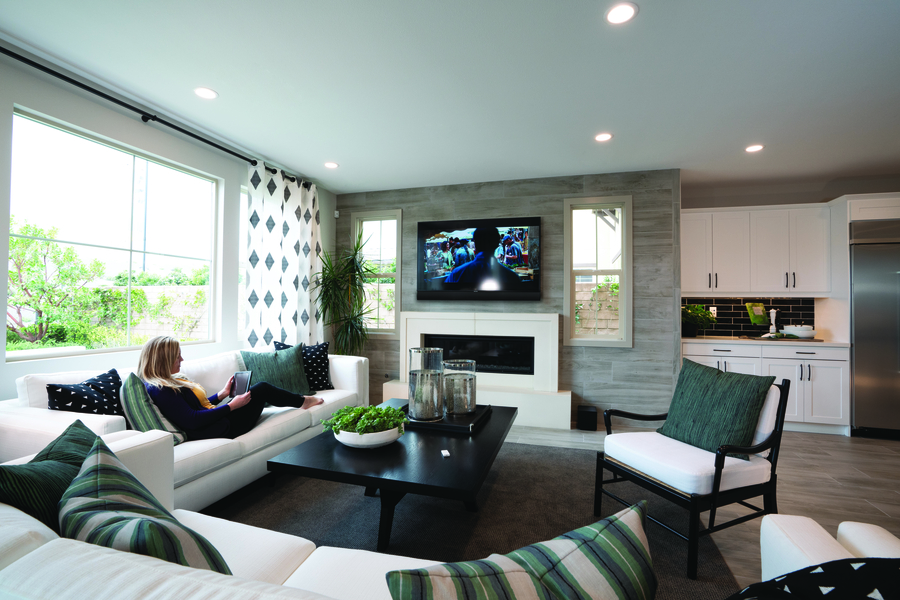A Pro Guide For Tips For Implement the Ideal Surveillance Setup to Meet Your Safety Needs
A Pro Guide For Tips For Implement the Ideal Surveillance Setup to Meet Your Safety Needs
Blog Article
When it pertains to guaranteeing protection and safeguarding, choosing the appropriate CCTV setup is essential. CCTV video (CCTV) setups are commonly used for surveillance in various settings, including homes, businesses, and public areas. These systems help observe actions, deter criminal activity, and offer important proof in the event of incidents. Comprehending the various elements and characteristics of CCTV systems can help people and entities formulate informed decisions that best meet their security needs.
One of the first considerations when choosing a CCTV setup is the type of surveillance devices required. There are several types of cameras available, including dome devices, projectile cameras, and PTZ (pan-tilt-zoom) devices. Dome cameras are often used for indoor monitoring due to their subtle appearance, while projectile devices are more noticeable and are typically employed externally. PTZ devices provide the capability to magnify in on particular areas and can be controlled remotely. Assessing the particular environment and the areas that need monitoring will assist decide which kind of device is most suitable.
Another important consideration to consider is the resolution of the devices. Higher clarity cameras provide sharper images, which can be critical for identifying people or details in a setting. Common resolutions consist of basic resolution (SD), high definition (HD), and superior definition (UHD). Although higher clarity devices may come at a increased price, they can significantly improve the efficacy of a surveillance system. It is also crucial to take into account the illumination conditions in the location being monitored, as some cameras are more equipped to handle dim situations than alternative options.
Recording choices are also a key component of CCTV systems. Footage recordings can take up a substantial amount of storage, so it is essential to select a system with sufficient storage options. Many systems offer cloud options, which enables for remote retrieval to footage and can provide extra safeguarding in the event of burglary or damage to the tangible storage. Alternatively, on-site storage, such as digital footage devices (DVRs) or network video devices (NVRs), can be used. Comprehending the capacity requirements based on the number of devices and the desired holding duration for footage is crucial for effective monitoring.
Lastly, the setup and maintenance of the CCTV setup should not be overlooked. Expert setup can ensure that cameras are positioned in ideal locations for maximum coverage. Additionally, regular maintenance you could look here is necessary to maintain the setup functioning properly. This entails inspecting camera angles, cleaning optics, and ensuring that software is up to date. Some setups also offer remote surveillance features, allowing operators to view live footage from their mobile devices or computers. This feature can offer peace of mind and enhance the general efficacy of the security system.
In summary, selecting the ideal CCTV setup requires thoughtful evaluation of multiple aspects, such as camera types, clarity, capacity choices, and setup. By comprehending these elements, people and entities can select a setup that effectively meets their security requirements. A thoughtfully designed CCTV system not only helps discourage criminal activity but also offers valuable evidence when needed, rendering it an important expenditure for safety and security.